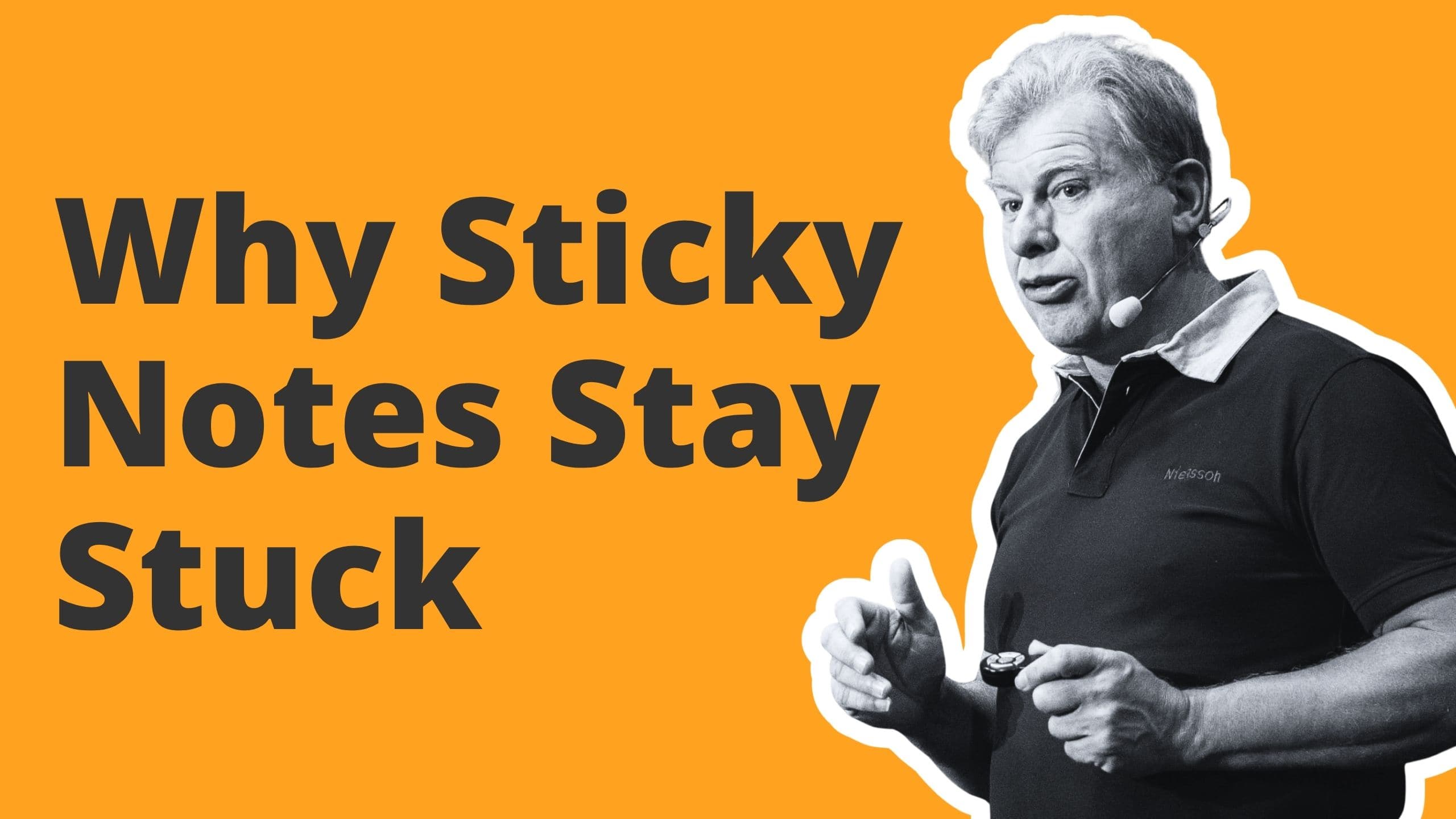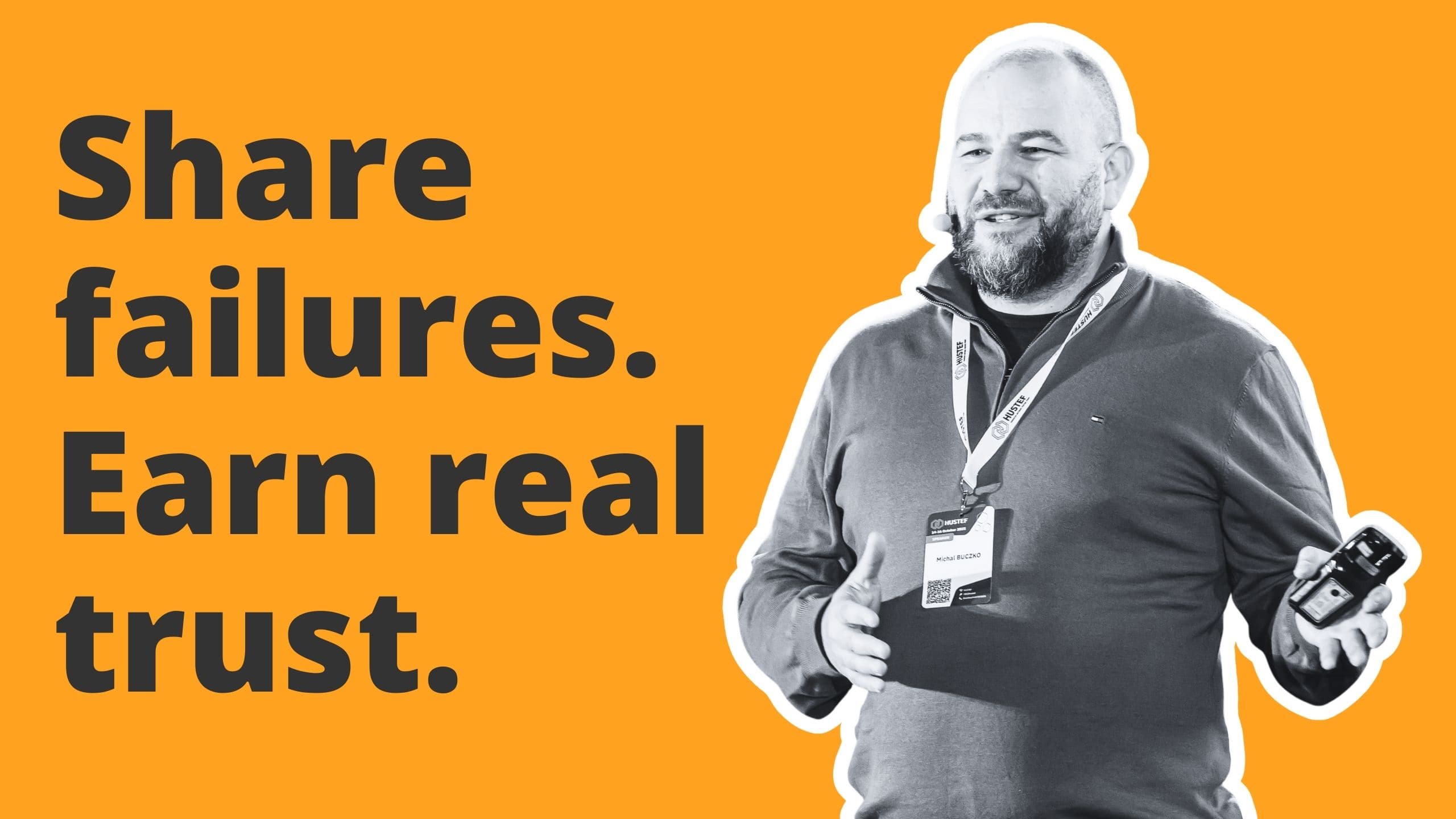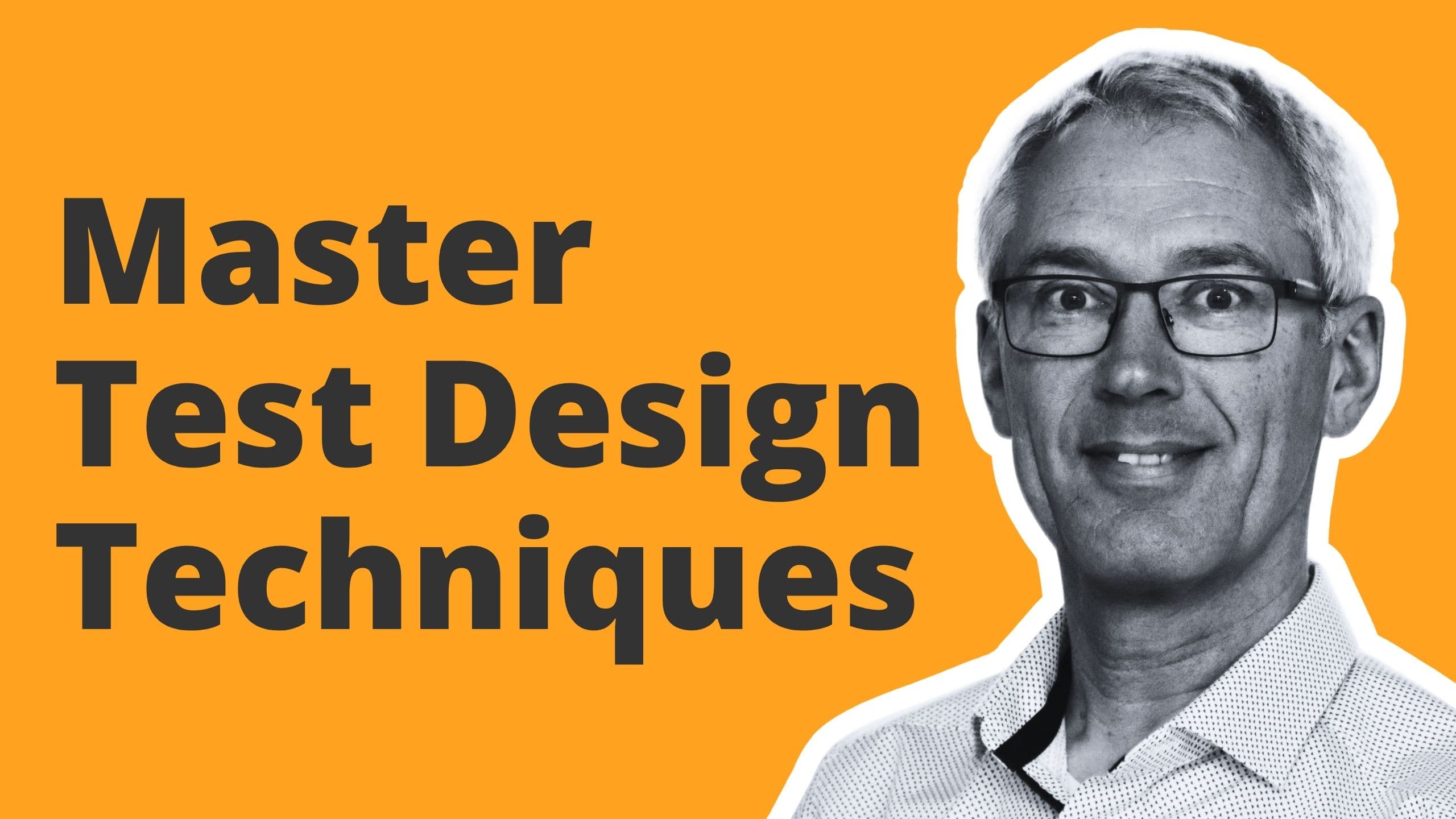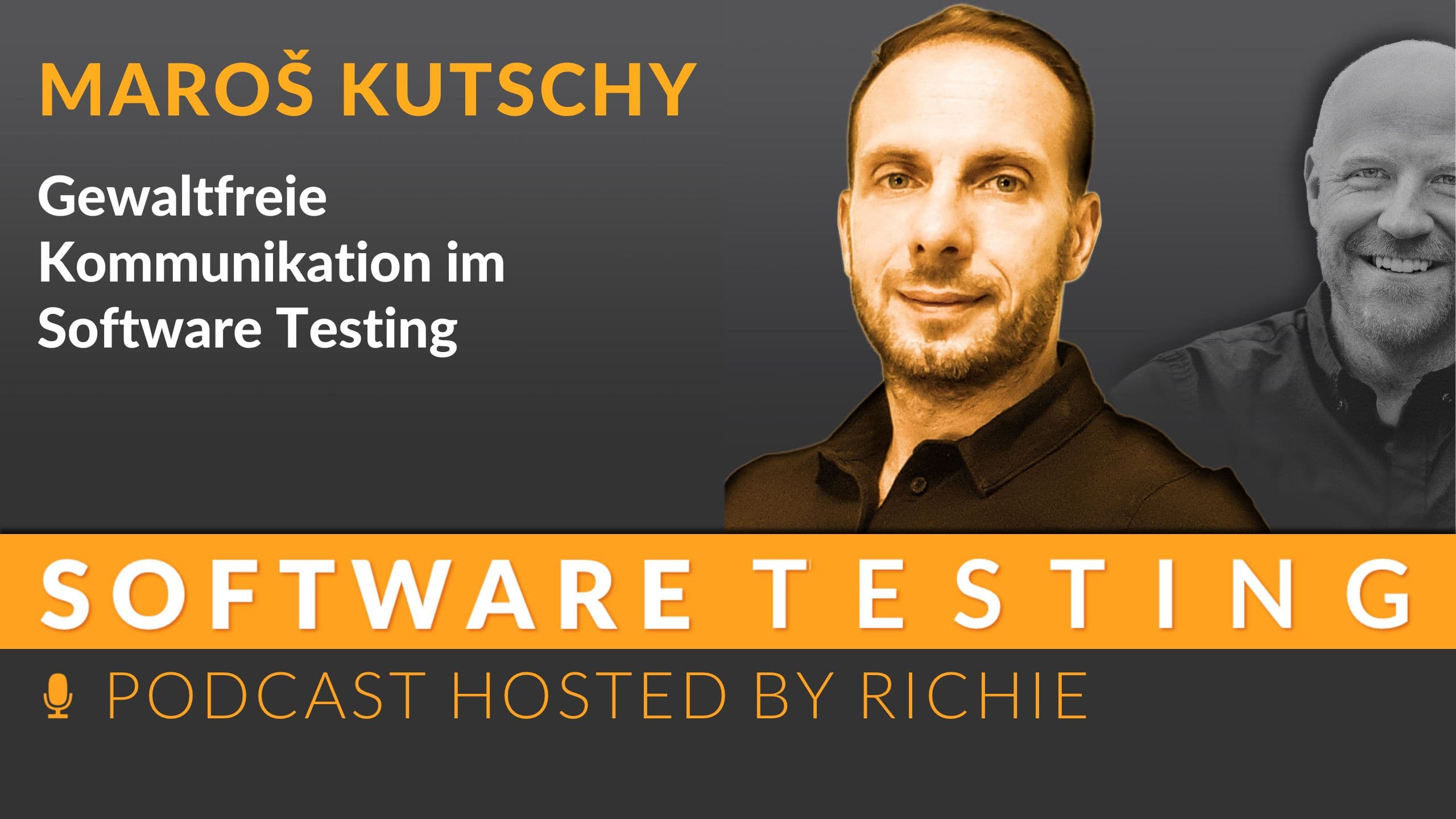Share failures. Earn real trust.
Modern product teams face distance, speed, and constant change. The focus here is on simple habits that keep trust and flow. Clear calendars make...

Team culture and psychological safety are highlighted as crucial drivers for effective collaboration and problem-solving in software development. This content explores practical steps to build trust, encourage open communication, and handle conflict constructively within teams. Techniques for visualizing problems, making actions tangible, and leveraging diversity for richer solutions are discussed. Gamification is presented as a method to foster a safer and more engaging environment, helping teams transition from problem discussion to action.
In this episode, I talk to Ben Linders about what really drives team autonomy and effective software development. We get into team culture, the importance of psychological safety, and why diversity matters - not just as a feel-good topic, but as a genuine catalyst for change. Ben shares practical tips from his workshops, discussing how teams can move from being stuck to taking meaningful action. We discuss, how to avoid that sticky notes from retrospectives gather dust and how to make results visible, keeping actions manageable, and introducing a little bit of fun through gamification.
"A lot of the people who are more introvert might have a better view of what actually happened in there than those who are being extroverted." - Ben Linders
Ben Linders runs a one-person business in Agile, Lean, Quality, and Continuous Improvement. Ben is a well-known speaker and author; he is much respected for sharing his experiences and helping others share theirs. His books and games have been translated into more than 12 languages and are used by professionals in teams and organizations all around the world.As a trainer, facilitator, coach, and advisor, he helps organizations with effectively deploying software development and management practices. He focuses on continuous improvement, collaboration and communication, and professional development, to deliver business value to customers.
Successful agile teams are built on a foundation of team autonomy, which is essential in both agile and lean environments. Team autonomy means that a team has the power to make decisions on its own within a specific area, promoting a sense of ownership and responsibility.
Increasing team autonomy is important because it leads to better collaboration, enhanced innovation, and continuous improvement. When teams have the freedom to organize themselves and make adjustments, they can tackle problems more effectively and bring about positive changes in their projects.
Experts like Ben Linders play a crucial role in helping teams become more autonomous. Ben Linders is well-known for his knowledge of agile methods, lean practices, quality assurance, and continuous improvement. His advice and support are vital in helping teams adopt autonomy while striving for excellence in their work.
Explaining the concept of psychological safety is essential to understanding its significance in fostering autonomous teams. Here are key points to consider:
Psychological safety refers to a team environment where individuals feel safe to take risks, share their thoughts and ideas without fear of judgment or retribution.
Micro-situations of safety, such as open communication channels and supportive interactions, cultivate trust among team members. This trust leads to increased openness and willingness to collaborate effectively.
Blaming and finger-pointing within a team can have a detrimental effect on psychological safety. It creates an atmosphere of fear and hinders open communication, leading to reduced trust and collaboration.
Psychological safety plays a crucial role in resolving conflicts within autonomous teams. When team members feel safe expressing concerns or disagreements, conflicts can be addressed maturely and constructively, leading to shared understanding and improved team dynamics.
In summary, psychological safety sets the foundation for trust, openness, effective conflict resolution, and shared understanding within autonomous teams.
Building autonomous teams depends heavily on team diversity. A broad range of backgrounds, experiences, and perspectives creates a richer pool of problem-solving capabilities. Diverse teams tap into multiple viewpoints that challenge assumptions and uncover blind spots other groups might miss.
Diversity also plays a critical role in change management. Teams embracing varied viewpoints adapt more quickly and effectively to evolving situations. When change arises, diverse members bring unique insights on how to navigate obstacles or seize new opportunities.
Ben Linders highlights that diversity is not just a social ideal but a practical enabler for autonomy. Autonomous teams with diverse compositions can tackle challenges with creativity and resilience, which strengthens their ability to self-organize and sustain continuous improvement.
Collaborative problem solving is essential for increasing team autonomy. It combines different knowledge and experiences to find the best solutions. When team members share their unique perspectives, the overall intelligence of the group increases, resulting in better outcomes than when individuals work alone.
Facilitation techniques are valuable tools in this process. A skilled facilitator leads discussions, making sure everyone has a chance to speak and guiding the group towards a common understanding. This method not only leads to better solutions but also promotes professional growth by encouraging reflection and learning within the team.
Introverted team members often have important viewpoints that may go unnoticed without deliberate encouragement. By creating an environment where quieter voices feel comfortable contributing, we can enhance the depth of problem-solving. Strategies such as structured rounds of input or anonymous idea submissions can help bring these insights to light.
Here are some key practices that can improve collaborative problem solving:
This collaborative approach directly benefits autonomous teams by fostering trust, enhancing creativity, and empowering informed decision-making.
Before rushing into finding solutions, it's crucial to invest time in understanding the problem at hand. This thorough understanding can be achieved through various techniques that help visualize the problem and identify any information gaps.
Jumping straight to solutions without fully grasping the problem can lead to ineffective or misguided actions. By spending time to understand the problem thoroughly, you can:
Visualizing problems can greatly enhance our comprehension and reveal any missing information. Here are two effective techniques for visualizing problems:
Causal analysis diagrams are visual representations that show the cause-and-effect relationships within a system. By mapping out these relationships, you can gain insights into how different factors contribute to the problem. This technique is particularly useful for complex problems with multiple interconnected causes.
Sticky notes are a simple yet powerful tool for brainstorming and organizing thoughts. Write down different aspects of the problem on individual sticky notes and stick them on a wall or board. This allows you to see all the elements at once, making it easier to identify patterns, connections, and gaps in your understanding.
Both writing and visualizing have proven benefits when it comes to improving comprehension and revealing missing information. Here's how they work:
By incorporating these techniques into your problem-solving process, you can develop a deeper understanding of the issues you're facing and ultimately arrive at more effective solutions.
Encouraging solution generation through multiple ideas strengthens decision-making autonomy within teams. Ben Linders emphasizes the importance of producing at least three potential solutions before selecting or combining them. This practice expands creative problem solving by opening the door to diverse possibilities rather than settling prematurely on one option.
Autonomous teams benefit because having various alternatives allows members to:
This process reduces risks associated with narrow thinking and fosters confidence in decisions made collaboratively. It also invites experimentation, which is a core element in continuous improvement and learning cultures. Trying out several options helps teams discover what works best in real scenarios, leading to better outcomes.
Experimentation with multiple solutions encourages shared ownership and accountability. When team members contribute ideas and test them, they develop a deeper understanding of the problem context and become more engaged in the results. This approach builds trust and reinforces psychological safety, as it shows that failure is part of learning rather than something to avoid or blame.
Fostering an environment where solution diversity thrives equips autonomous teams to make informed, flexible decisions aligned with their goals and challenges.
To ensure that meetings lead to meaningful outcomes, it's essential to establish a system for managing actions effectively. Here are some strategies to consider:
One of the primary reasons why tasks go uncompleted is because they are vague or overwhelming. When assigning tasks during meetings, make sure to:
By keeping actions clear and manageable, you increase the likelihood of completion.
Transparency is key in ensuring that everyone is aware of their responsibilities and deadlines. Implementing physical or online task boards can help maintain visibility of tasks across the team. Here's how:
When everyone can see what needs to be done and who is responsible for it, accountability increases.
In a world where multitasking is glorified, it's easy to fall into the trap of believing that doing more means achieving more. However, research shows that focusing on fewer but higher-quality actions leads to better results. Here's what you can do:
By emphasizing quality over quantity, you create an environment that values deep work and meaningful contributions.
Gamification uses game principles in non-game work settings to increase psychological safety through play and promote an experimentation culture. It changes the team dynamic by adding structured, playful elements that make it easier for people to participate and take risks.
One practical example is the impediment game used in workshops. The game involves:
This approach creates a safer environment by making problems feel smaller and more manageable. When teams engage in gamified activities, they experience less pressure, allowing for open communication without fear of blame. The playful context encourages trying out new ideas and learning from failure without negative consequences.
Gamification also adds an element of fun to serious problem-solving sessions. Fun acts as a social glue, enhancing collaboration and trust while helping teams maintain a positive mindset toward continuous improvement. It shifts the focus away from individual blame towards shared responsibility for challenges and solutions.
Workshop facilitation is a crucial aspect of fostering autonomy and collaboration within teams. Here are some practical tips to ensure effective team workshops:
Engaging the team in the identification of key issues creates a sense of ownership and commitment to finding solutions.
A neutral facilitator can prevent biases, encourage equal participation, and ensure that discussions stay on track towards productive outcomes.
Recognizing and addressing cultural differences or environmental factors that hinder open communication and collaboration is essential for creating a safe and inclusive workshop environment.
By implementing these strategies, teams can enhance their problem-solving abilities, foster collaboration, and work towards achieving greater autonomy in their operations.
Sustainable team autonomy requires a steadfast commitment to psychological safety, diversity, and collaborative problem solving. Embedding these principles nurtures a continuous improvement culture where teams confidently navigate challenges and innovate. Maintaining clear, actionable steps visible to all members reinforces accountability and progress. Utilizing tools like gamification fosters engagement and reduces barriers to experimentation.
Increasing team autonomy transforms organizations into resilient, high-performing entities ready for change.

Modern product teams face distance, speed, and constant change. The focus here is on simple habits that keep trust and flow. Clear calendars make...

Test design techniques challenge many testers. They have extensive knowledge but rarely apply it in their daily practice. We have to focus on...

Interpersonal communication is key in software development teams. Testers often work at interfaces where information exchange is not only technically...